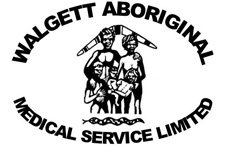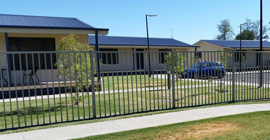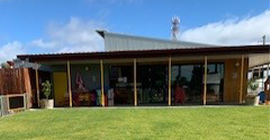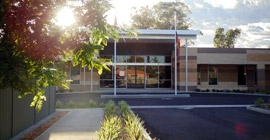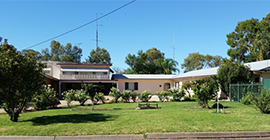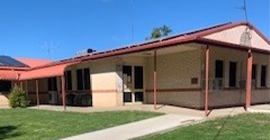The Last 200 Years
How did the Aboriginal Medical Service (AMS) begin?
The first AMS was founded in Redfern in 1971 - not from Government handouts, but from donations from non-Aboriginal supporters of Aboriginal Rights. Judges, Ministers, Teachers and Church people formed the core of this support. Their actions came from their observations of the less than acceptable level of health services available to Aboriginal peoples.
The second AMS opened it's doors in 1972, and now there are more than 100 nation wide. Locally, the Aboriginal community of Walgett started lobbying for an AMS in the late 70's.
A Brief History
1788 Colonization begins and Aboriginals become British subjects without choice.
1860-1820 Aboriginal women and children kidnapped for stock-hands and servants.
1881 A protector of Aboriginals appointed.
1883 Aboriginal Protection Board established - sets up reserves a great distance from towns to reduce contact with white society.
1900-1940 Exclusion & segregation - Department policy gave the right to white parents to decide whether to allow Aboriginal children to attend public schools - most schools choose not to allow them to attend.
1938 Assimilation Policy.
1940 Aboriginal Welfare Board replaces Aboriginal Protection Board.
1946-1948 Aboriginal children required a medical certificate to attend school .... Non-Aboriginal children do not.
1965 Integration Policy.
1965 Walgett Freedom Ride.
1967 Referendum - Aboriginals become Australian Citizens, and for the first time had the right to vote.
1972 Withdrawal of the section in the teachers handbook - "Principle right to refuse enrolment to the Aboriginal children in school".
1988 Bi-Centennial protest march in Sydney.
1990 Royal Commission into Aboriginal deaths in custody completed.
1992 Mabo High Court decision on native title - Australia was never "TERRA NULLIUS".
1993 Federal Government passes the Native Title Act.
1993 International Indigenous people's youth conference held in Darwin, Australia.
1993 2nd International Indigenous people's Education Conference, Wollongong, Australia.
1994 Federal Government established a National Land Fund.
1994 2nd International Healing Our Spirits worldwide conference, Darling Harbour, Australia.
1997 Aboriginal/Non-Aboriginal Reconciliation begins - thousands participate in bridge marches across Australia to show support.
2000 Aboriginal Reconciliation continues.
2001 Aboriginal people call for Treaty between white and black Australia.
2008 Prime Minister of Australia on behalf of the nation, say's sorry to the Aboriginal People.
What is RAP?
The Reconciliation Action Plan (RAP) program provides a framework for organisations to support the national reconciliation movement.
No matter where your organisation is on its reconciliation journey, there is a RAP to suit. Schools and early learning services can develop a RAP through Narragunnawali. Workplaces can be supported to develop one of four types of RAP—Reflect, Innovate, Stretch or Elevate.
Find out more here: https://www.reconciliation.org.au/reconciliation-action-plans/
